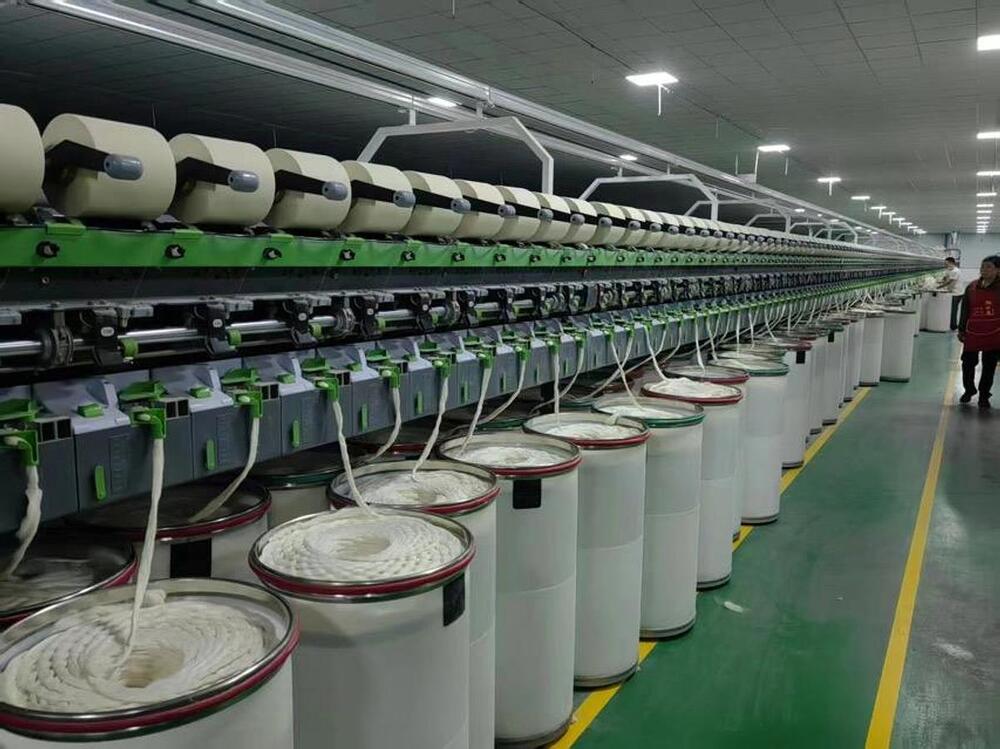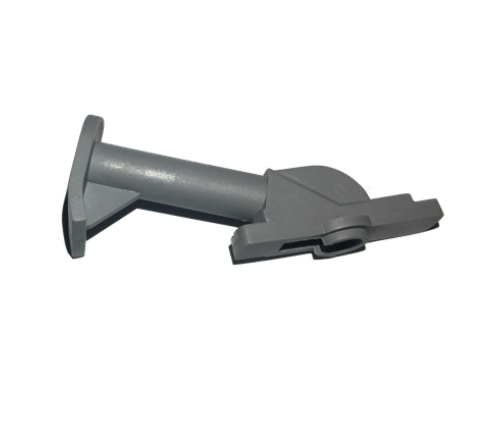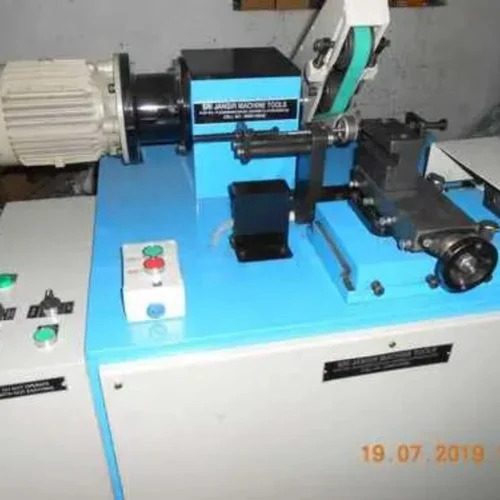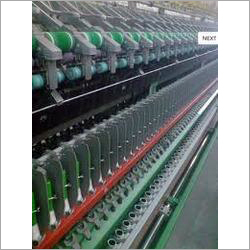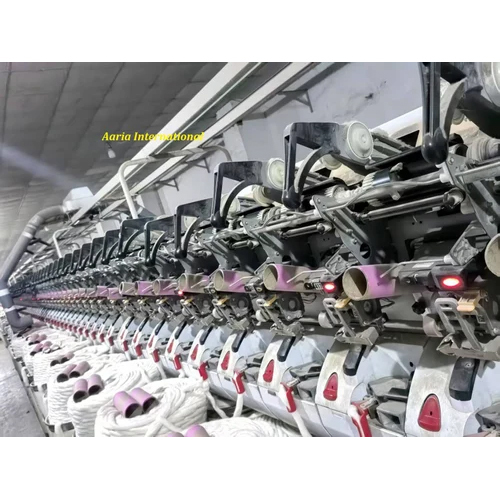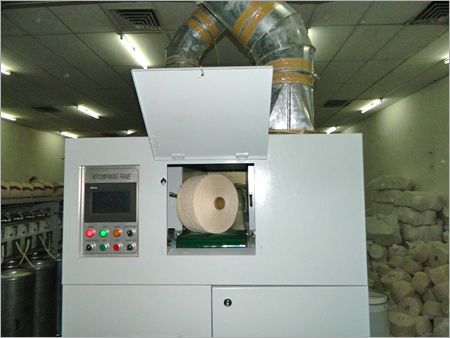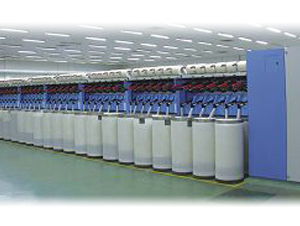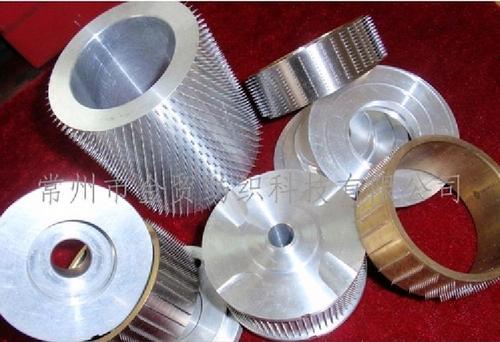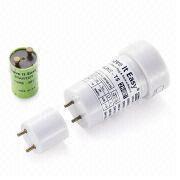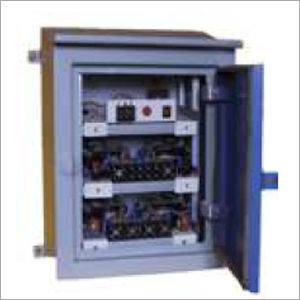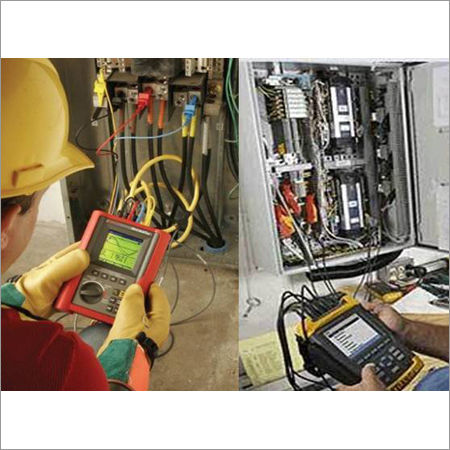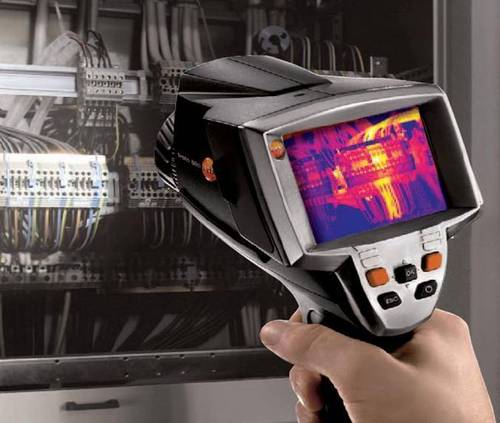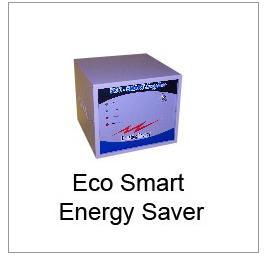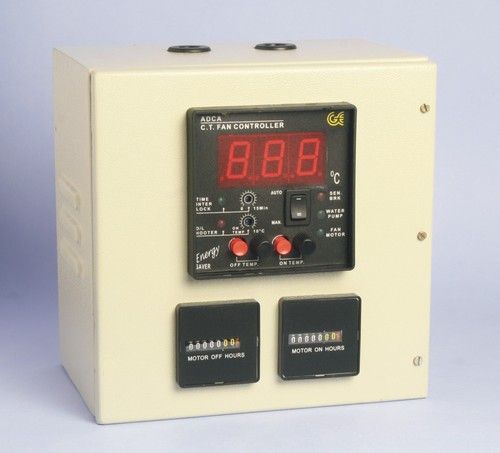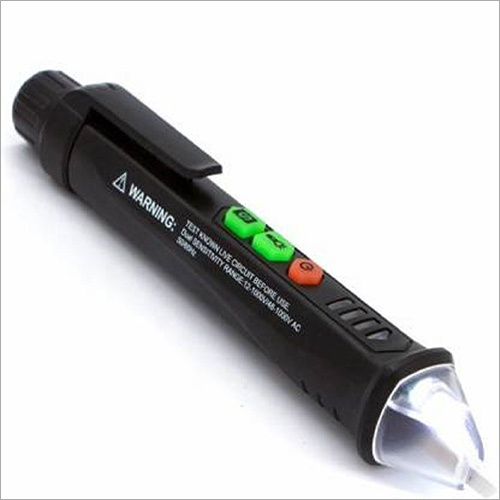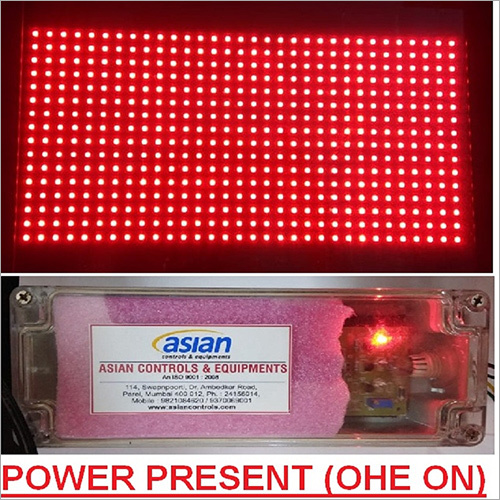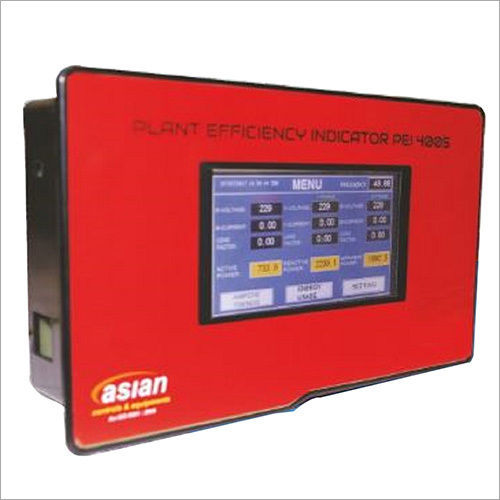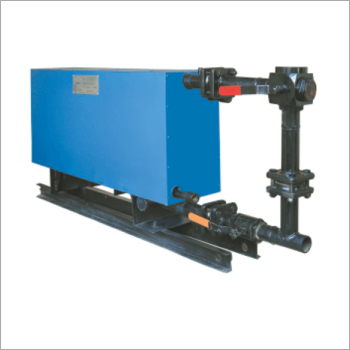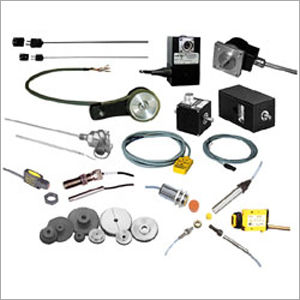
Sensors By Elpro Energy Dimension Pvt. Ltd.
Price:
Get Latest Price
In Stock
Product Specifications
| Sensor Type | Multiple |
| Operating Voltage | 12-24V DC |
| Accuracy | +/-1% |
| Response Time | <1s |
| Operating Temperature | 0-50°C |
| Material | Metal/Plastic |
| Usage | Industrial automation, building management, process control, safety systems |
| Features | Precise sensing, Reliable detection, Versatile applications, Real-time data, Easy integration |
Product Overview
Key Features
Sensors
- Temperature sensor
- Occupancy sensor/Motion detector
- Kilowatt hour sensor
- Level sensor/Tank level sensor
- Smoke and fire detectors
Temperature Sensors/Thermostat
A thermostat is a component of a control system which senses the temperature of a system so that the system's temperature is maintained near a desired set point. The thermostat does this by switching heating or cooling devices on or off, or regulating the flow of a heat transfer fluid as needed, to maintain the correct temperature Temperature sensor devices read an object with zero atomic activity; the temperature point is considered absolute zero. When a substance is heated, it usually moves through several phases: solid to liquid and from liquid to gas until the atomic activity begins increasing.
Occupancy sensor/Motion detectors
- Occupancy sensors work by detecting human presence or activity. It uses one or more of three different technologies to detect or "sense" human presence and/or activity.
- The most common technology is passive infrared (PIR). A PIR sensor works by sending out invisible infrared beams that read or respond to temperature differences. (If there is no one in the range of the sensor the sensor does not respond. When a warmer object, such as a human body, crosses two or more beams the sensor responds to the difference in temperature between the person and the background.)
- The second common technology is micro phonics. As the name implies, occupancy sensors that incorporate micro phonics work by picking up noise that is typical of human occupancy or activity. Advanced micro phonics sensors incorporate Automatic Gain Control (AGC) and can "learn" background noises such as the steady hum of a central air conditioner or the sound of a circulating fan.
- The third common technology is high frequency (HF) ultrasound or ultrasonic sensors. HF works exactly the same as a bat's "radar" or a submarine's "sonar." The sensor sends out a high frequency sound wave that bounces around the space and returns to the sensor. Any movement that disturbs the wave activates the sensor.
Kilowatt hour Watt Meter sensor
A meter that measures and registers the integral, with respect to time of the active power of the circuit in which it is connected, the unit of measurement is usually the kilowatt-hour. Electronic meters have an electronic watt transducer, which is a solid-state circuit that performs the multiplication of current and voltage signals, and delivers an output in the form of a pulse train at a rate proportional to power. The simplest solid-state watt-hour meter is completed by adding an electronic register to record the energy consumed.
Smoke and Fire Sensors
A smoke detector is a device that detects smoke, typically as an indicator of fire. Commercial, industrial, and mass residential devices issue a signal to a fire alarm system, while household detectors, known as smoke alarms, generally issue a local audible or visual alarm from the detector itself.
Smoke detectors in large commercial, industrial, and residential buildings are usually powered by a central fire alarm system, which is powered by the building power with a battery backup. However, in many single family detached and smaller multiple family housings, a smoke alarm is often powered only by a single disposable battery
Level sensor
Level sensors detect the level of substances that flow, including liquids, slurries, granular materials, and powders. Fluids and fluidized solids flow to become essentially level in their containers (or other physical boundaries) because of gravity whereas most bulk solids pile at an angle of repose to a peak. The substance to be measured can be inside a container or can be in its natural form (e.g., a river or a lake). The level measurement can be either continuous or point values. Continuous level sensors measure level within a specified range and determine the exact amount of substance in a certain place, while point-level sensors only indicate whether the substance is above or below the sensing point.
Pressure sensor
A pressure sensor measures pressure, typically of gases or liquids. Pressure is an expression of the force required to stop a fluid from expanding, and is usually stated in terms of force per unit area. A pressure sensor usually acts as a transducer; it generates a signal as a function of the pressure imposed Pressure sensors are used for control and monitoring in thousands of everyday applications. Pressure sensors can also be used to indirectly measure other variables such as fluid/gas flow, speed, water level, and altitude.
Company Details
Focusing on a customer-centric approach, ELPRO ENERGY DIMENSION PVT. LTD. has a pan-India presence and caters to a huge consumer base throughout the country. Buy Energy Saving Devices in bulk from ELPRO ENERGY DIMENSION PVT. LTD. at Trade India quality-assured products.
Business Type
Exporter, Manufacturer, Supplier
Employee Count
20
Establishment
2000
Related Products
Explore Related Categories
More Product From This seller
Seller Details
Bengaluru, Karnataka
Director
Mr. Nalin Kanshal
Address
#430/490, Srigandhada Kavalu Dakhale, Next to Janapriya Apatments, Magadi Road, Sunkadkatte, Bengaluru, Karnataka, 560010, India
rotor spinning machine in Bengaluru
Report incorrect details

